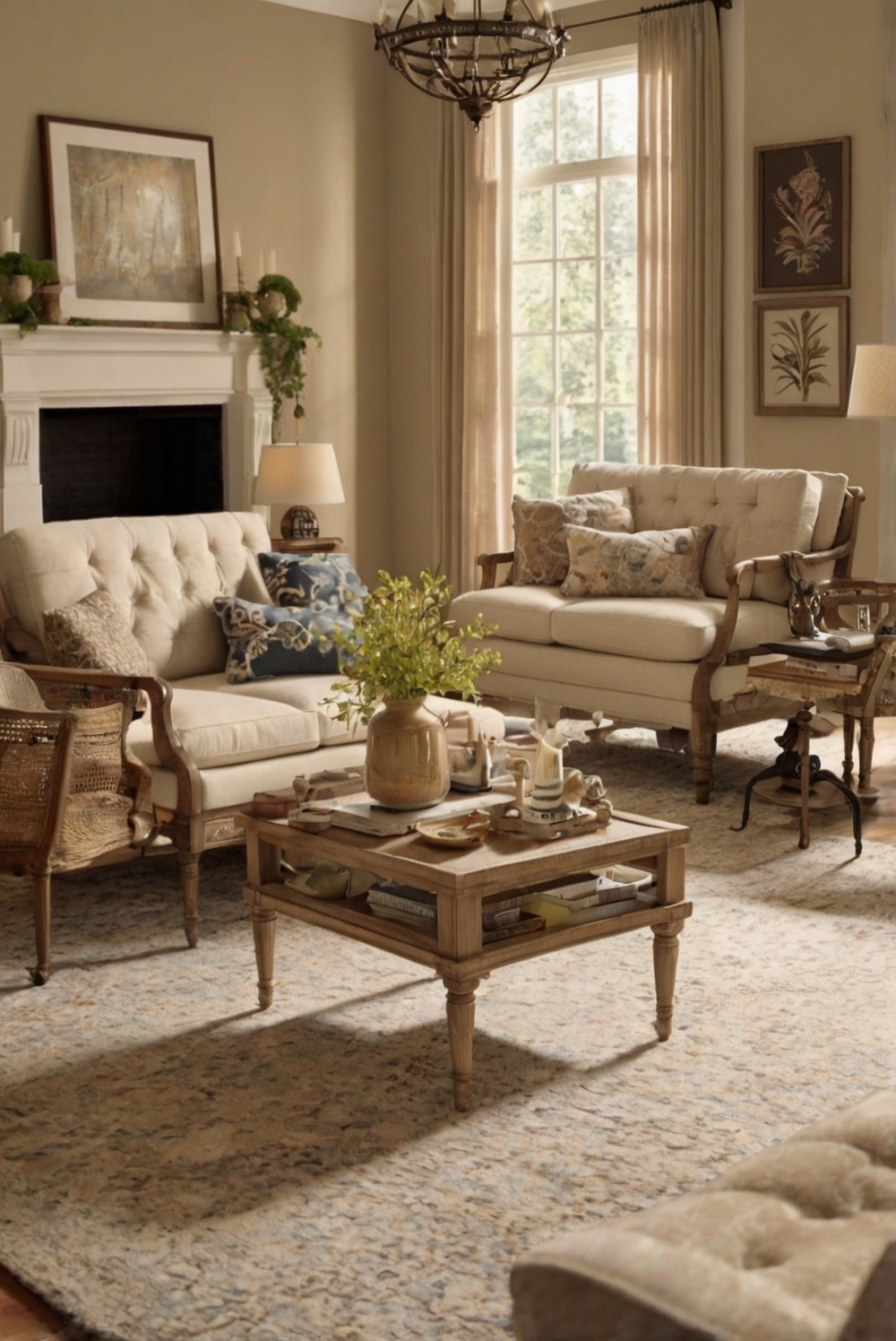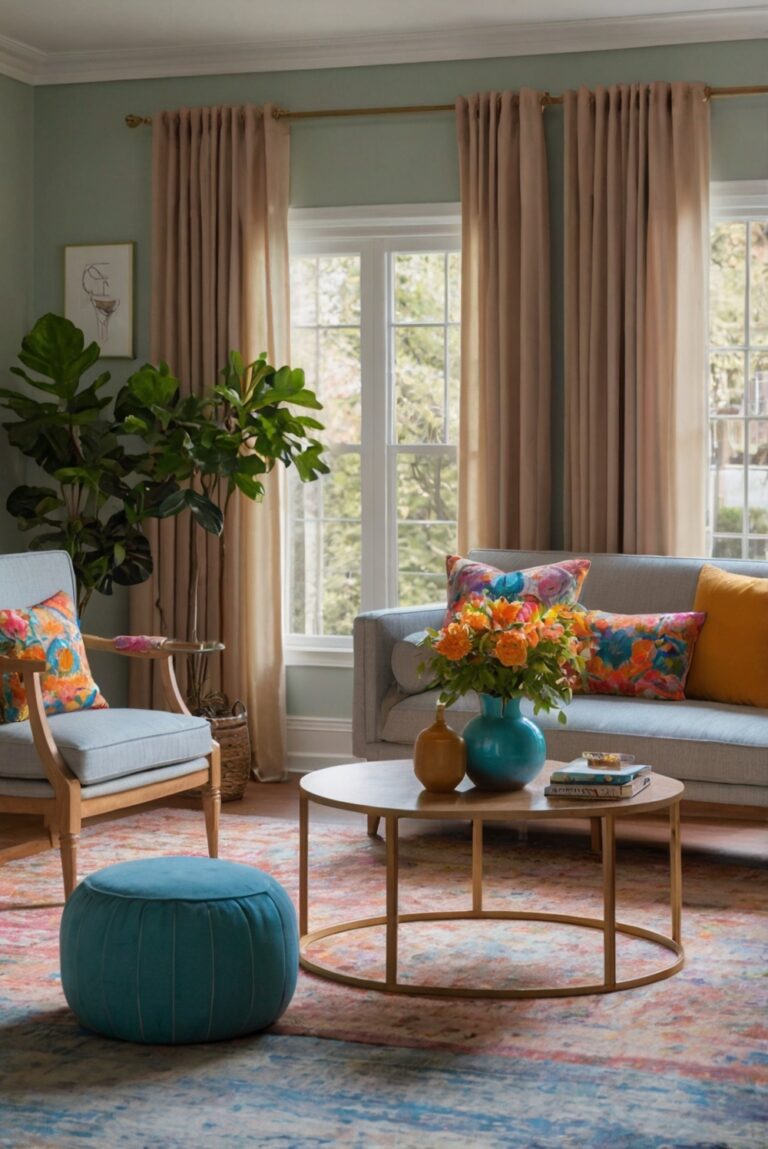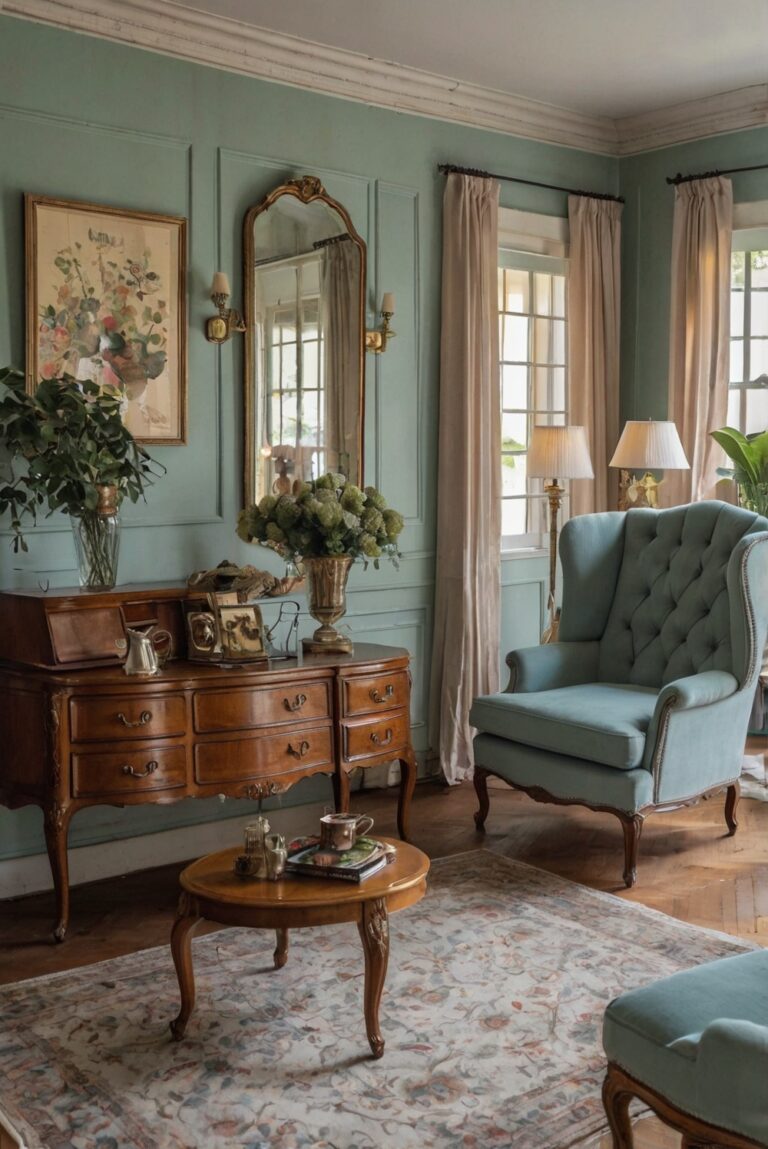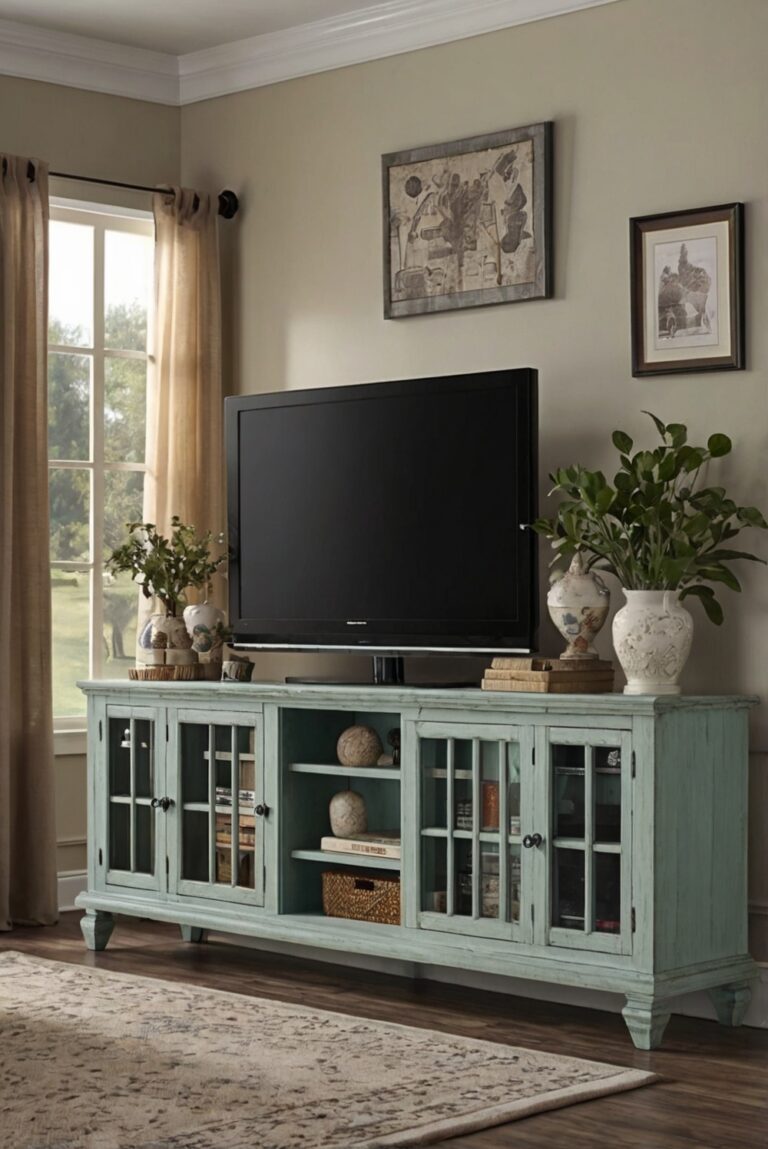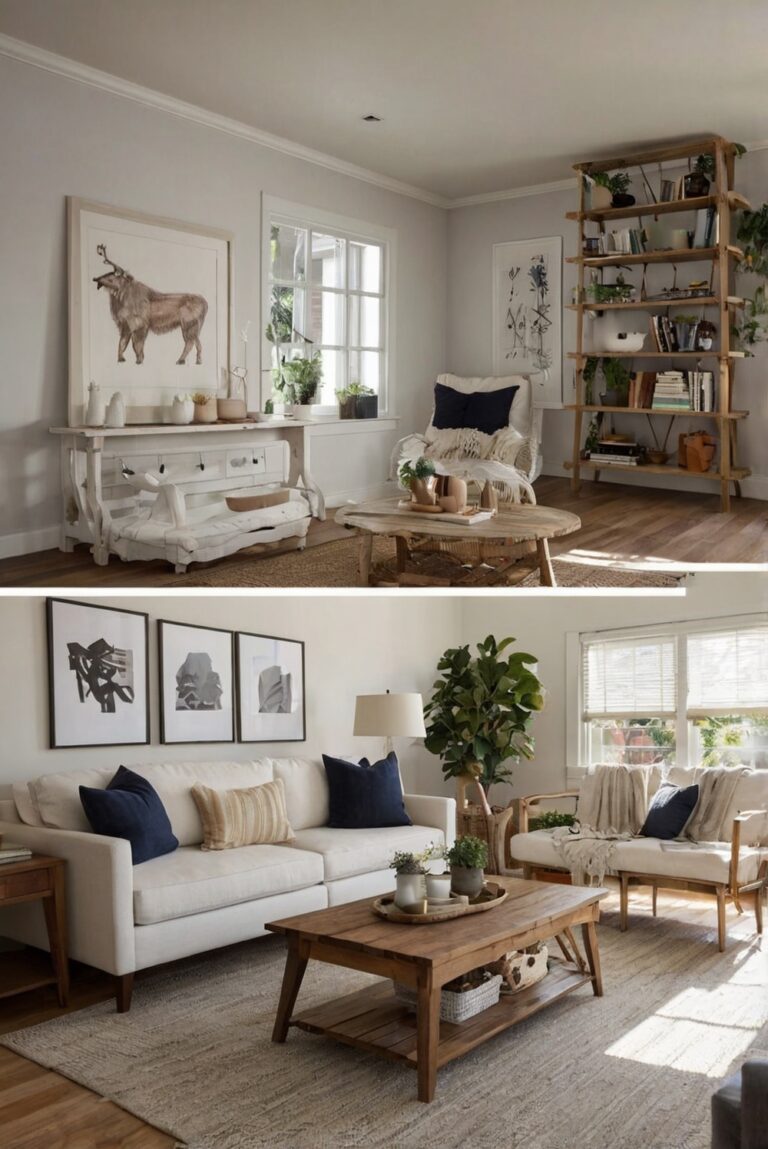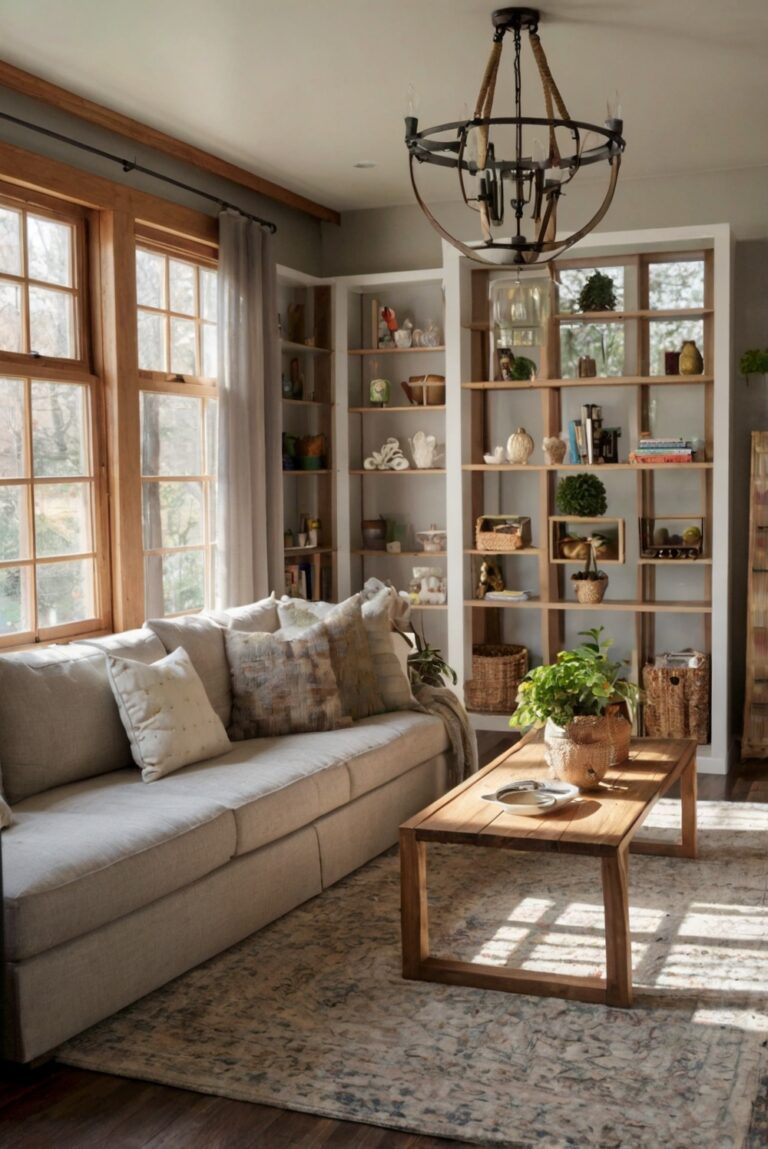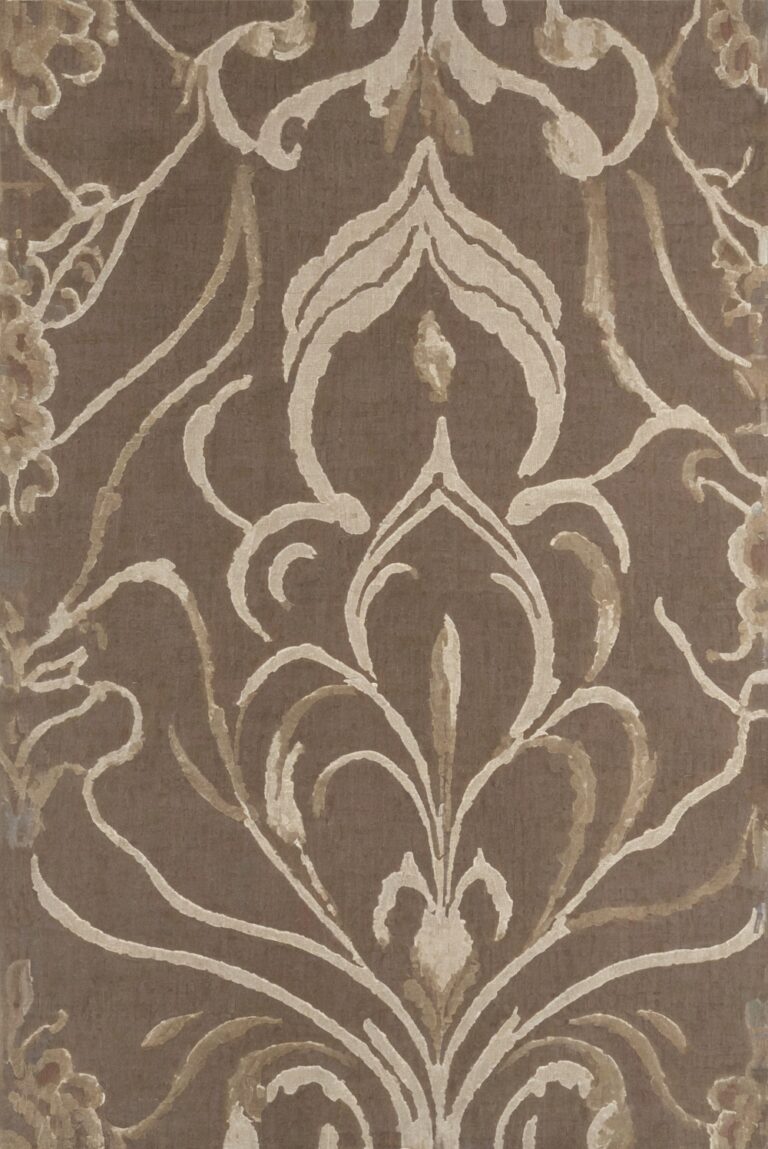Join us for a daily dose of interior design magic! Learn how to effortlessly mix and match furniture styles in your living room for a truly unique and inviting space.
To mix and match furniture styles in your living room effectively, start by selecting a cohesive color palette that ties all the pieces together. Incorporate a variety of furniture styles, such as modern, classic, or industrial, to create visual interest. Pay attention to scale and proportion to ensure that the furniture fits the space correctly. Experiment with different textures and materials to add depth to the room. Balance out the room by placing larger furniture pieces against empty walls and leaving space for movement. Consider using area rugs to define separate seating areas. Lastly, don’t be afraid to add personal touches and accessories that reflect your style and personality.
Additionally, when mixing furniture styles, it’s essential to maintain a sense of harmony throughout the room. Avoid overcrowding the space with too many pieces or conflicting colors. To stay organized, create a mood board or layout plan before making any purchases to visualize how the different furniture styles will work together. Keep in mind the functionality and flow of the room when arranging the furniture. By carefully balancing different styles and elements, you can create a vibrant and well-coordinated living room that reflects your unique taste and personality.
Istanbul
New York
London
Paris
How to Mix and Match Furniture Styles in Your Living Room?
Mixing and matching furniture styles in your living room can create a unique and personalized space that reflects your personality and taste. Here are some tips to help you achieve a harmonious blend of different styles:
Start with a Unified Color Palette:
To create a cohesive look, start by choosing a color palette that ties all the different furniture pieces together. You can opt for a monochromatic scheme or select complementary colors that work well together. This will help create a unified and balanced look in your living room.
Balance is Key:
When mixing different furniture styles, it’s crucial to maintain balance in the room. Make sure to distribute different styles evenly throughout the space to avoid overwhelming one particular area. For example, if you have a modern sofa, balance it out with traditional accent chairs or a vintage coffee table.
Consider Scale and Proportion:
Pay attention to the scale and proportion of each furniture piece to ensure they work well together. Mix larger pieces with smaller ones to create visual interest and prevent the room from feeling too cluttered or empty. Experiment with different sizes and shapes to find the right balance.
Embrace Eclecticism:
Don’t be afraid to mix different furniture styles and eras to create an eclectic and dynamic look in your living room. Combining modern and traditional pieces can add character and charm to the space. Mix vintage finds with contemporary furniture for a unique and curated aesthetic.
Layer Textures and Patterns:
Incorporate a variety of textures and patterns to add depth and visual interest to your living room. Mix smooth surfaces with rough textures, and include different patterns like stripes, florals, or geometric prints. This will create a rich and inviting space that feels cozy and inviting.
By following these tips and experimenting with different furniture styles, you can create a living room that is a true reflection of your personal style and preferences. Have fun mixing and matching to create a space that is uniquely yours!
1. What are the key elements to consider when mixing and matching furniture styles in your living room?
When mixing and matching furniture styles in your living room, consider the color scheme, scale, proportion, and texture of each piece. Make sure the pieces complement each other without being too matchy-matchy. Incorporating a mix of modern and traditional furniture can create a dynamic and visually interesting space. Additionally, pay attention to the functionality of the room and how each piece serves a purpose while still contributing to the overall aesthetic. Experimenting with different styles can help you find a unique and personalized look for your living room.
2. How can you maintain a cohesive look when mixing different furniture styles in your living room?
To maintain a cohesive look when mixing different furniture styles in your living room, consider incorporating a unifying element such as a common color palette, material, or design motif. By choosing a consistent thread that ties the diverse pieces together, you can create a harmonious and balanced space. Additionally, arranging the furniture strategically to create visual balance and flow can help bring cohesion to the room. Mixing and matching furniture styles can add character and personality to your living room while still maintaining a sense of unity.
3. What are some tips for successfully mixing and matching furniture styles in a small living room?
In a small living room, it’s important to choose furniture pieces that are proportionate to the space and avoid overcrowding. Opt for multifunctional furniture that serves dual purposes to maximize functionality while minimizing clutter. Consider using furniture with legs to create a sense of openness and airiness in the room. Mixing and matching furniture styles in a small living room can be achieved by selecting pieces that are visually lightweight and versatile. Utilizing vertical space with wall-mounted shelves or storage solutions can also help maximize the space in a small living room.
4. How can you incorporate different furniture styles to create a cohesive look in a large living room?
In a large living room, mixing and matching furniture styles can add depth and interest to the space. To create a cohesive look, consider creating distinct zones within the room for different furniture styles to coexist. Use area rugs to define each seating area and anchor the furniture arrangement. Incorporate a variety of textures, patterns, and colors to add visual interest while maintaining a cohesive look. Balancing the scale of furniture pieces and maintaining a sense of proportion can help create a harmonious and inviting atmosphere in a large living room.
5. What are some common mistakes to avoid when mixing and matching furniture styles in your living room?
One common mistake to avoid when mixing and matching furniture styles in your living room is overcrowding the space with too many contrasting pieces. It’s important to strike a balance between different styles to prevent the room from feeling chaotic or disjointed. Another mistake is neglecting the importance of scale and proportion, which can result in an unbalanced and awkward furniture arrangement. Additionally, overlooking the cohesive color scheme and texture can lead to a disjointed and unharmonious look. By being mindful of these common mistakes, you can successfully mix and match furniture styles in your living room to create a cohesive and visually appealing space.

